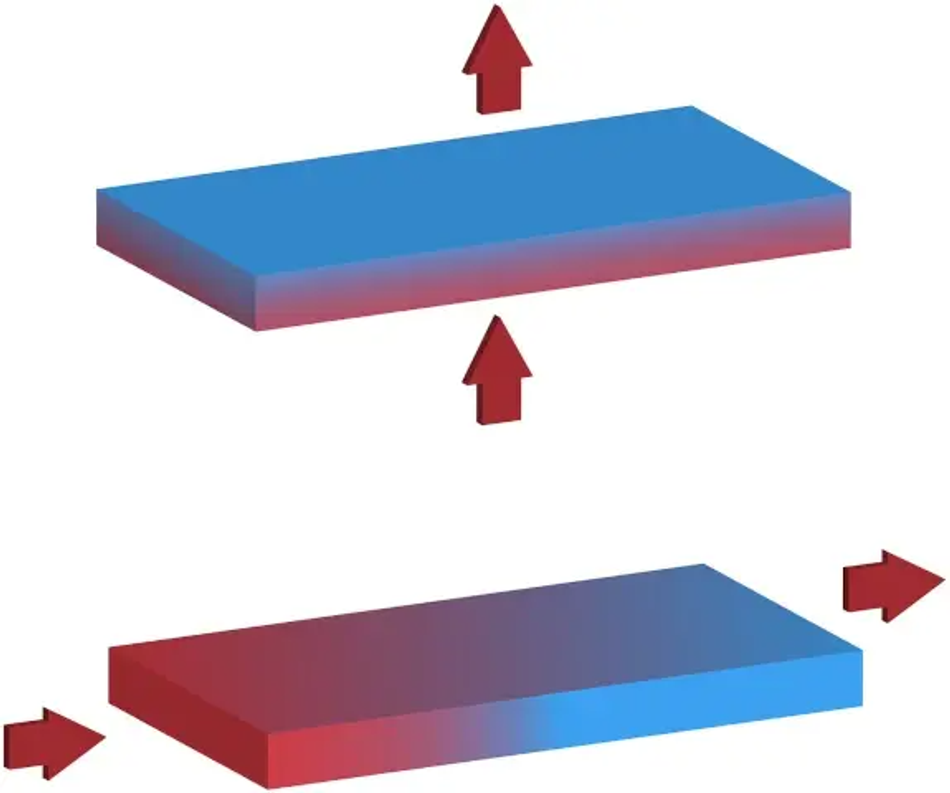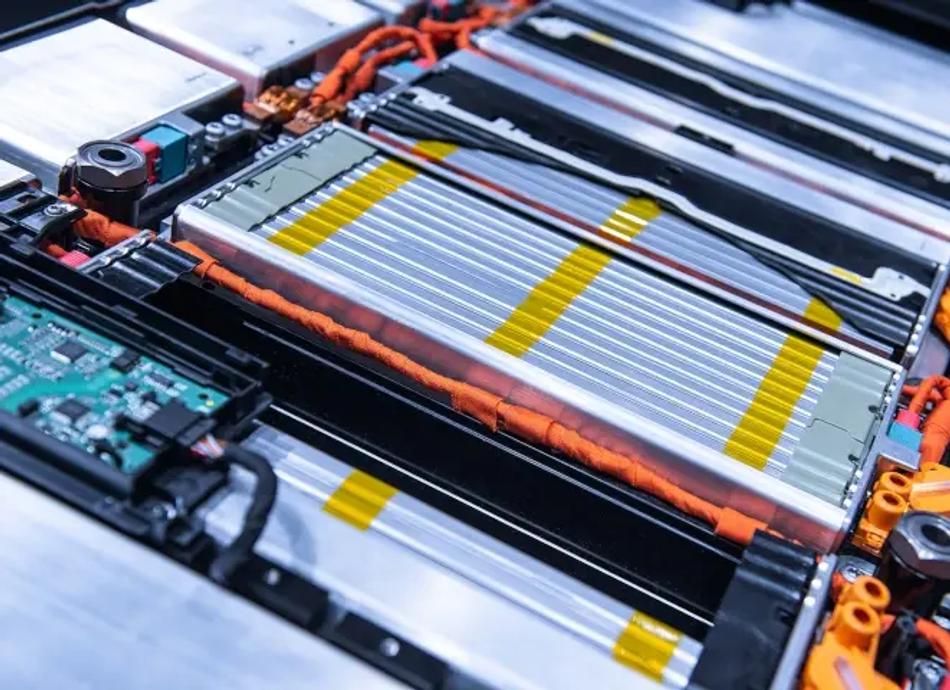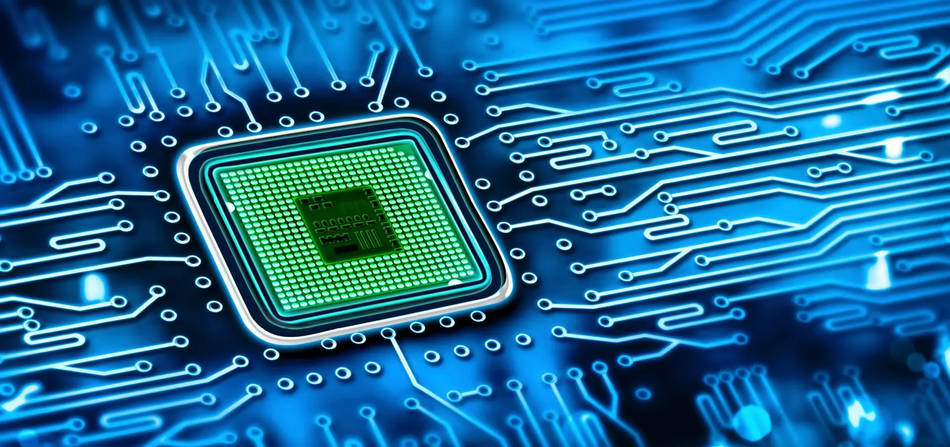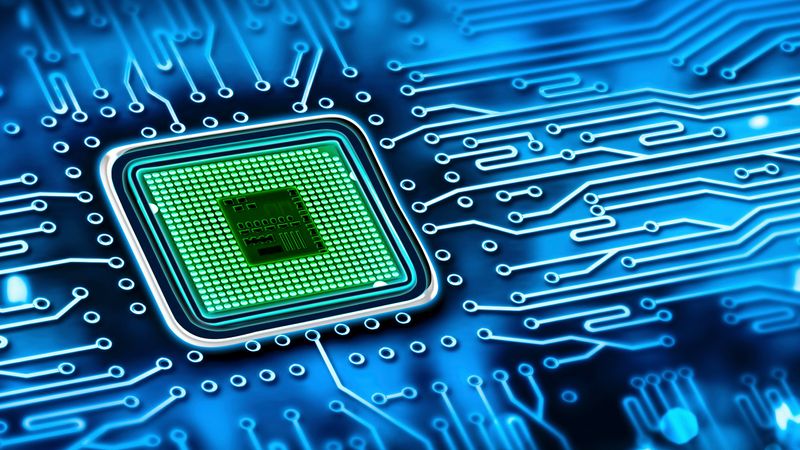Why the Future of Electronics is Moving Away from Silicon Microchips
Many companies are now looking at alternatives to silicon chips.
This article was first published on
macrofab.comThe electronics industry traditionally relies on silicon chips, from computers and smartphones to automobiles and industrial equipment. However, with technological advances and changing market trends, there has been a growing movement towards alternatives like silicon carbide (SiC) and system-on-a-chip (SoC) designs.
Silicon chips are stepping aside as a new wave of materials and designs takes the spotlight. With improved performance, efficiency, and power handling at the forefront, these advancements offer a boost in power handling and a decrease in power consumption.
Longer battery life, higher frequencies, and better thermal performance are just a few of the benefits resulting from this shift. SiC, for instance, reaches frequencies ten times faster than silicon while reducing power consumption by 30 percent.
Market forces are pushing the shift from silicon microchips to SiC and SoCs. The electric vehicle industry and the Internet of Things lead the way, requiring more efficient and dependable microchips. Aware of supply chain problems, Tesla became the first to use silicon carbide chips in their Model 3. Now more companies are moving to SiCs. In fact, the largest SiC manufacturing facility in the world, owned by Wolfspeed, is in early building stages in central North Carolina.
SiC and SoCs outperform traditional silicon options, offering improved performance and efficiency. Silicon carbide is a hard and durable material with strong covalent bonds, which are more thermally stable than the weaker bonds in silicon. As the demand for connected devices grows, so does the need for low power consumption and better thermal performance, which SiC and SoCs deliver.
With the SiC market expected to increase by 40 percent to $3.3 billion in 2023 and the SoC market predicted to hit $57 billion by 2025, the future is bright for SiC and SoCs. To take advantage of this booming market, companies must be proactive in their PCBA (Printed Circuit Board Assembly) design by incorporating these advanced microchips. This will ensure that they stay ahead in the industry and capitalize on the growth potential of SiC and SoCs.

SiC as an Alternative to Silicon
SiC is gaining ground and surpassing silicon as the preferred alternative for integrated circuits. With superior thermal conductivity, wider bandgap, and higher breakdown voltage, SiC outperforms silicon in high-power applications like EVs and power electronics that require high-frequency operation and exceptional power handling. The following are some of the most significant advantages of SiC:

- Higher Thermal Conductivity: SiCs high thermal conductivity leaves silicon in the dust, offering superior heat dissipation and optimal thermal performance. This is especially crucial in the automotive industry, which requires components for high-temp battery management systems and engine control units
- Wider Bandgap: SiCs wider bandgap opens the door to high-frequency operation, reaching speeds up to ten times faster than silicon. This leads to faster and more reliable performance, making SiC the ideal choice for high-power applications.
- Higher Breakdown Voltage: SiCs high breakdown voltage also boosts its power handling capabilities, resulting in a longer lifespan and high performance.

The high-power EV charging world is being disrupted by SiC MOSFETs. Their efficient and high power density design surpasses traditional silicon-based devices, resulting in incredibly fast charging speeds. The latest charging stations now offer speeds of up to 350 kilowatts, enabling EVs to reach 80 percent battery capacity in just 20-30 minutes.
The global SiC market is experiencing remarkable growth, with projections reaching $3.3 billion in 2023, a significant increase of almost 40 percent from the previous year. This growth is driven by the electric vehicle industry and the increasing demand for connected devices, which require improved performance and efficiency that SiC can provide, surpassing traditional silicon microchips.
As a result, PCBA (Printed Circuit Board Assembly) design for the EV market will also need to adapt to incorporate SiC technology. Companies must stay ahead of the competition by designing PCBAs that can handle the high power density and efficient performance of SiC MOSFETs, allowing for faster and more efficient EV charging. This will ensure that they are at the forefront of the rapidly growing SiC market.
SoCs as a Better-Designed Alternative
SoCs (system-on-chip) technology has become increasingly popular among electronics designers due to their inherent flexibility and simplicity. By integrating multiple components onto a single chip, SoCs save space and reduce power consumption, making them perfect for connected devices and applications where efficiency is critical. While some SoCs use traditional silicon as a substrate material, more modern materials like silicon carbide (SiC) and gallium nitride (GaN) are also used due to their high performance.
This advancement brings exciting opportunities for PCBA (Printed Circuit Board Assembly) design. SoCs are a smart choice for companies looking to stay ahead of the technology curve. SoCs enable companies to achieve higher performance and efficiency with PCBA designs, allowing them to create next-generation devices.

SoCs offer:
- Space-Saving Success: SoCs shrink the size of electronics by combining multiple components into one chip, which is ideal for applications where space is limited.
- Power Performance: With lower power consumption, SoCs provide longer battery life and lower energy costs.
- Simplified design: SoCs can reduce product development time and effort because multiple components are already built on one chip.
- Lower risk: By synchronizing the microprocessor, memory, I/O, and other components, the risk of design errors is reduced, improving reliability and lowering costs.

At the forefront of the SoC revolution is the Internet of Things (IoT), where connected devices revolutionize our daily lives. Smart homes, wearable technology, and industrial automation are just a few examples of the countless applications powered by SoCs. These compact, power-efficient chips allow devices to perform multiple functions while consuming minimal energy, making them the perfect choice for the connected world.
The IoT is just the tip of the iceberg, as the limitless potential of SoCs extends to industries ranging from healthcare to automotive and beyond. The future is about smart, connected, and efficient technology and SoCs are leading the charge.
It's no wonder that the global SoC market is expected to reach $57 billion by 2025, driven by the growth of connected devices, increasing demand for efficiency, and improved thermal performance.
Market Trends
The electronics world is shifting gears, leaving silicon microchips behind for sleek and high-performing alternatives like SiC and SoCs. The driving forces behind this change are the growth of the electric vehicle market and the surging demand for connected devices.
SiC is revving up the engine of the EV industry with its high thermal conductivity, wider bandgap, and higher breakdown voltage, making it ideal for high-power, high-frequency applications. Meanwhile, SoCs are becoming the go-to for connected devices, thanks to their compact design and power-saving efficiency.
However, the road to the widespread adoption of these innovative technologies takes time and effort. SiC materials may have defects like microcracks, grain boundaries, or dislocations that can affect performance, and finding a trusted partner who can navigate these obstacles is crucial for a smooth journey toward industry growth.
Driven by the booming electric vehicle market and the growing demand for connected devices, new materials and designs like SiC and SOCs are revving the future of electronics. With a projected global market of $3.3 billion for SiC and $57 billion for SoCs by 2023 and 2025, respectively, it's clear that the industry is shifting gears.
